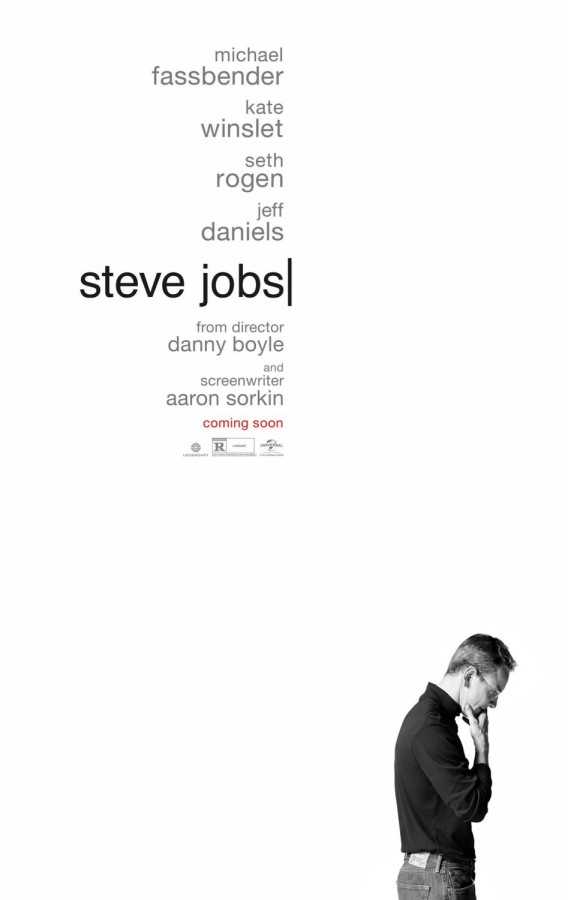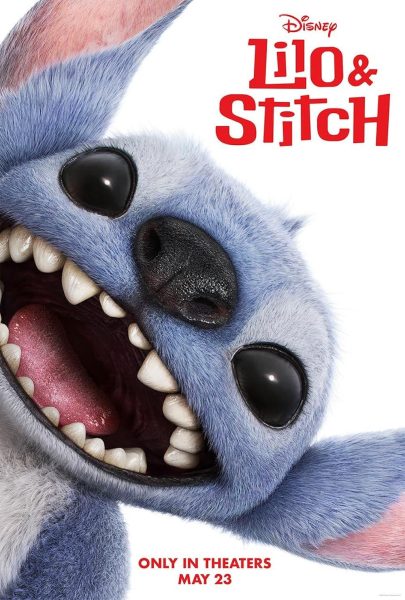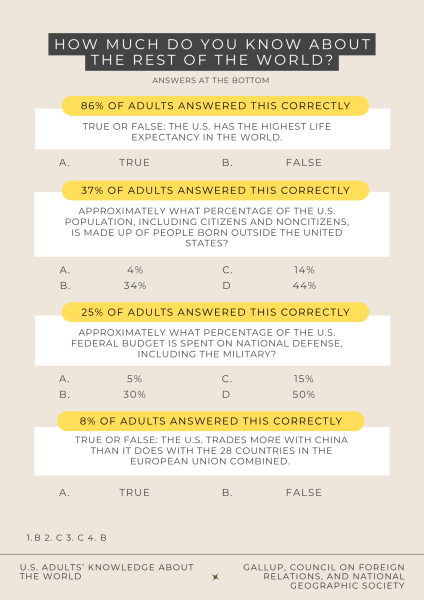Understanding the limitations of film adaptations
In recent years, the young adult author John Green has become highly popular in high school circles. Of all his works, “The Fault in Our Stars” (2012) is arguably the one most celebrated among fans, and inarguably among book critics. For this reason it came as no surprise that a film adaptation, directed by Josh Boone, came to theaters two years later. Upon release, many audiences praised its loyalty to the source material; some of them called it one of the best film adaptations they had ever seen. Critics were also positive, although not quite as unwavering in their approval.
Another film adaptation named “Steve Jobs,” a biographical drama based on Walter Isaacson’s biography of the same name, will come to theaters this month. For obvious reasons audiences’ opinions on the film have not been formed, though it has been acclaimed by critics throughout advanced screenings. One wonders if many students will read the 600+ page book in preparation for the movie’s release, and how any such reader will approach the adaptation. Although Isaacson writes of Jobs’ life chronologically, Aaron Sorkin’s screenplay for the film is far more reminiscent of theater, consisting of three very lengthy sequences which each depict different time periods in Jobs’ life. I read the full biography a couple of years ago – albeit not as an act of preparation – and I doubt the movie’s inevitable differences will anger me. As a film aficionado, I sometimes get the sense that readers’ opinions on film adaptations often center on how loyal these films are to the literature they were based on. Though this approach is not offensive or insulting, it falls apart once a film viewer truly considers its implications. There are not only flaws upon execution, but even certain details which don’t sound right on paper.
Remember that to adapt is “to make something suitable for a new use or purpose; modify.” Readers have every right to remain attached to the plots and characters of their favorite books (as I am an avid reader myself), but one should be conscious that these movies are billed the way they are for a reason. When hearing the mainstream media note upcoming film adaptations, and seeing the interviews in which cast members discuss the making, one would not hear those movies referred to as “translations.” If we are simply to rate film adaptations by how well their events and dialogue match those of the books they were based on, we are evaluating them as though the highest achievement in a film adaptation is for it to be a great film translation – and during the making of a scene from an adapted screenplay, the cast and crew should not necessarily work toward this goal. When beginning a movie whose story was based on a book, viewers will find “Based on” in the opening credits, not “Translated from”; those words make a significant distinction.
Without doubt, flaws in execution arise as well. Note that it is the job of film critics to review a variety of new movies every week. An effort by a film reviewer to rate any and all adaptations by loyalty would entail a great many things: it would mean that in order to watch any single one, the critic would first have to read the source material. Then he or she would see the film and, while keeping the book’s details fresh in his or her mind, evaluate just how faithful or unfaithful the movie was. After all, if one criticizes a movie for breaking away from the book too often, one must hold this policy for all film adaptations ever made. The practice wouldn’t be fair otherwise.
Another fact of the matter is that screenplays can be adapted from literature that certain audiences simply don’t want to read. Regardless of my own opinions on his work, the English playwright William Shakespeare is not favored by many high school students. If a film with hugely interesting trailers was to be released within a few months, and teenagers found that it had been adapted from Shakespeare’s “King Lear,” would a wave of students be seen in their schools’ hallways and cafeterias holding Folger copies of “King Lear” in their hands, voluntarily reading it in preparation for the movie’s release? I highly doubt it. Historically, this has been taken further – when Orson Welles, among the greatest filmmakers ever to have lived, directed “Chimes at Midnight” (1967), the story of which was adapted from sections of several different Shakespeare plays. The odds are that an average high school reader could not be counted on to read five Shakespeare works in preparation for a two-hour movie, then evaluate how faithful that movie was to all of the plays. Those who argue the greatness of a film adaptation lies in its loyalty would be asking a professional film critic to perform these deeds.
Although scrutiny of “loyalty-based film evaluation” reveals its shortcomings, there is no reason to be discouraged. I am actually quite thankful that films are not professionally expected to be, essentially, translations of their books; from the absence of such rules, a wealth of opportunities are left for further creativity and artistic invention. Spike Jonze’s “Adaptation” (2002), in my opinion one of the 10 or 20 great films of the 2000s, is frequently listed as an adaptation of Susan Orlean’s non-fiction book “The Orchid Thief.” In actuality, the film follows Charlie Kaufman, the very writer of the movie, as he attempts to write the movie’s screenplay from the aforementioned book; as he does so, events from the original source material are dramatized, and the two plots eventually intertwine in one of the most distinctive narrative climaxes of 21st century cinema.
Filmmakers may also exclude scenes from source material and achieve a far stronger dramatic effect in doing so. In the beginning of Mario Puzo’s 1969 novel “The Godfather,” a man named Amerigo Bonasera is attending a session in a New York criminal court and hears the judge sentence two young men to three years’ confinement. These two young men had hurt Bonasera’s daughter severely, and as the session is conducted, she remains in a hospital with a broken jaw. Infuriated with the verdict, Bonasera tells his wife, “For justice we must go on our knees to Don Corleone,” who is the head of a crime family.
The director Francis Ford Coppola, however, began his 1972 adaptation differently. The film’s musical theme plays, accompanied by a fully black screen. Soon the music is no longer playing, and a man declares with conviction, “I believe in America.” This is Bonasera from above; as he continues speaking, the camera zooms outward, revealing more and more of the darkly lit interiors of the room he sits in. The second shot displays, in medium close-up, the face of actor Marlon Brando – who plays Don Corleone. With this in mind, the film adaptation doesn’t show viewers the functioning of a criminal court at the start; instead one sees depicted the workings of organized crime. The effect of this narrative choice is that viewers, figuratively, are more enclosed into the workings of the Corleone family. It hints at one of the things which would make both the film adaptation and its brilliant 1974 sequel so significant: the complexity with which the two portrayed members of the Mafia, and developed them as characters, was without precedent.
One may want to keep these things in mind when seeing another highly anticipated film adaptation that is maligned by the original book’s readers for a lack of loyalty. Two different art forms are two different art forms, and the words of a movie’s source material are not to be held sacred by the screenwriters. Given all the aforementioned examples, one can understand that adaptation is not the same as translation; that filmmakers, when adapting books, can make alterations to narrative for the purpose of achieving higher artistry; and that to competently judge all film adaptations by loyalty will in all likelihood never be possible. I will go out on a limb by saying I am glad it is not currently possible; it is not what film criticism is meant to be.
Your donation will support the student journalists of Chantilly High School. Your contribution will allow us to cover our printing and annual website hosting costs.











